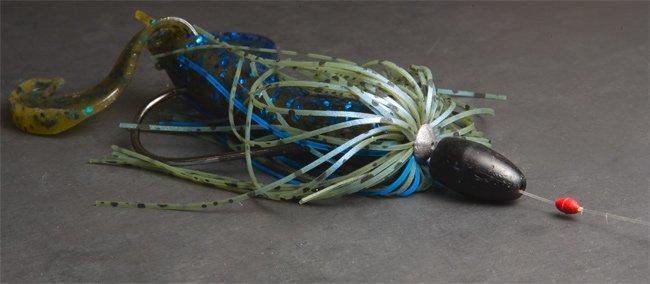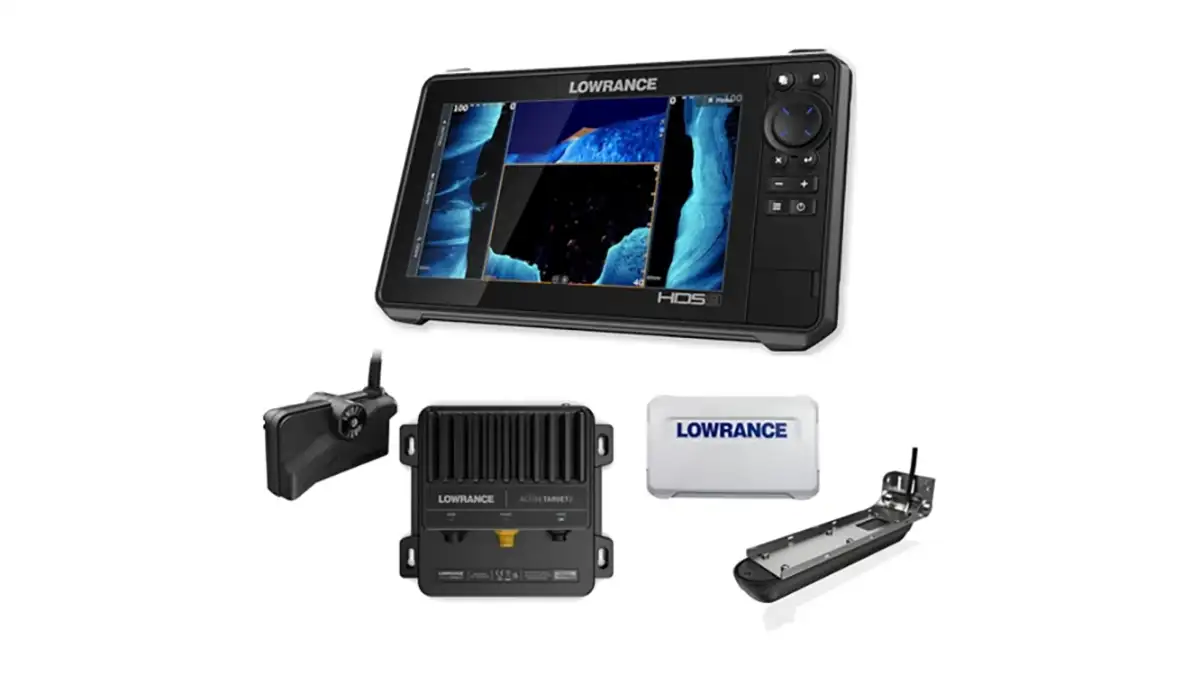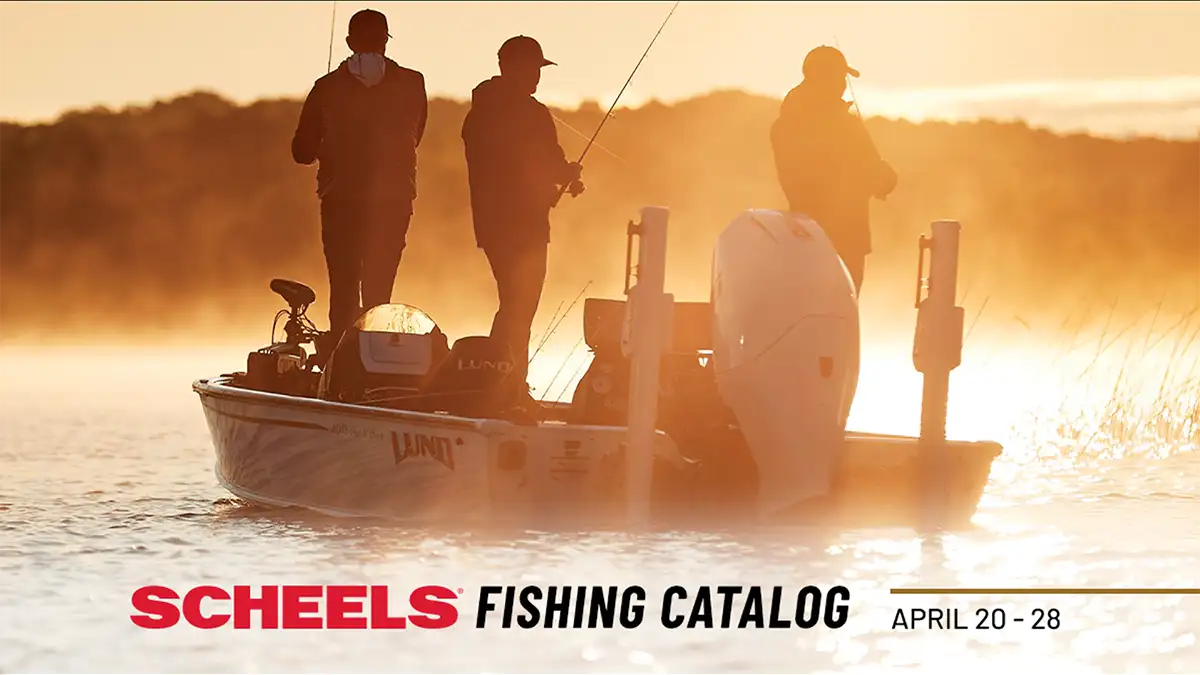Recently I fished in a large team tournament on Kentucky Lake in some tough conditions. We had been seeing and shaking off good limits of fish in practice flipping and pitching. The weather changed things for us during the tournament but we remembered a lot of our roots of pitching during this event. We finished 13th out of 312 boats and learned a few new things that we wanted to share to help improve your flipping and pitching.
A lot of this stuff will seem old hat to veteran “short-lining” anglers as we like to call them around these parts. But one thing we noticed is how you can get locked in on one minute detail that blurs your vision of other fundamentals in flipping and pitching. There are several details that we had to focus on to continue to be successful during the event.
7. Measure distance based on water clarity. This means anglers need to maintain boat control and proximity to the fish based on water clarity. If the water is real clear, you’re going to have to make long pitches ahead of the boat to thicker cover generally speaking. The muddier it is, the closer you can get to the fish without spooking them, given you’re not making a bunch of racket on the trolling motor.
6. Slow and steady > quick pulses. Put your trolling motor on 30 and creep along a bank of shallow cover. Or better yet, put your Power Pole or Talon down and fan cast to multiple targets then quietly ease to the next spot. I know a lot of guys who put the trolling motor on 80 and burst from cover to cover, spooking the fish along the way and wondering why they never catch anything pitching.
5. Focus on the target not the splash. A lot of guys spend so much time trying to get the bait to enter the water quietly, they never get to the heart of the cover. We found during our tournament that the bass had moved back into the deepest part of the cover. We had to crash through some branches to get it in there, but we also got bites others weren’t getting in our area. You can’t get bit if you don’t get close to the bass. Close is of course relative to water clarity. If it’s muddy, you have to get it right on their heads.
4. Don’t fear the cover. When I’m pitching, I usually try to put my bait in a place that has an exit strategy. By that I mean when a fish bites, can I get him back out of there. During this tournament we had to go against that grain. To get bit we had to put the bait in the gnarliest of spots. But if we didn’t, we didn’t get bit. We broke off a couple fish. We lost a couple fish. But we got the bites we would not have otherwise gotten. You have to get bit first and then just hope for the best on getting them out. A long handled net and trolling motor on high can be your best friends some times.
3. Find the pattern in the pattern. Often when you’re fishing shallow cover and flipping and pitching a lot of the same looking stuff, there is usually something unique about where you are getting bit. Is it the bushes that stick out the most from the bank, or are the laydowns with the oldest limbs holding more bass? Is it a depression or cut in a straight line of grass? When you narrow down the pattern you can fish faster in practice to find the fish on similar looking pieces of cover in a sea of seemingly similar cover.
2. Get Slick. A little trick my tournament partner taught me in this last event was choosing a fish formula not only can attract and keep fish on the line in dirty water, but it really acts as a lubricant to help your bait slide through the cover to get to where the bass are. If you’re finding the bass biting on a bait like a Zoom Brush Hog with a lot of appendages, it can be frustrating to flip and pitch those baits in gnarly cover all day. So a little “slick “˜em” added to your bait can really make “short lining” a lot more fun and effective!
1. Choose the Right Bait. The right bait is a loaded answer. That really is only determined through trial and error, but so many folks get locked into flipping a jig or flipping a Sweet Beaver. They never even try other baits that turns out were working better in those given conditions and seasonal pattern. In practice, we tried nine different plastics and jigs. We had one bait dialed in by tournament time and even a color that was producing more bites than others. What we found was it eliminated a variable and gave us increased confidence we were doing the right thing to just focus on finding the right cover and moving with the fish in the weather.











